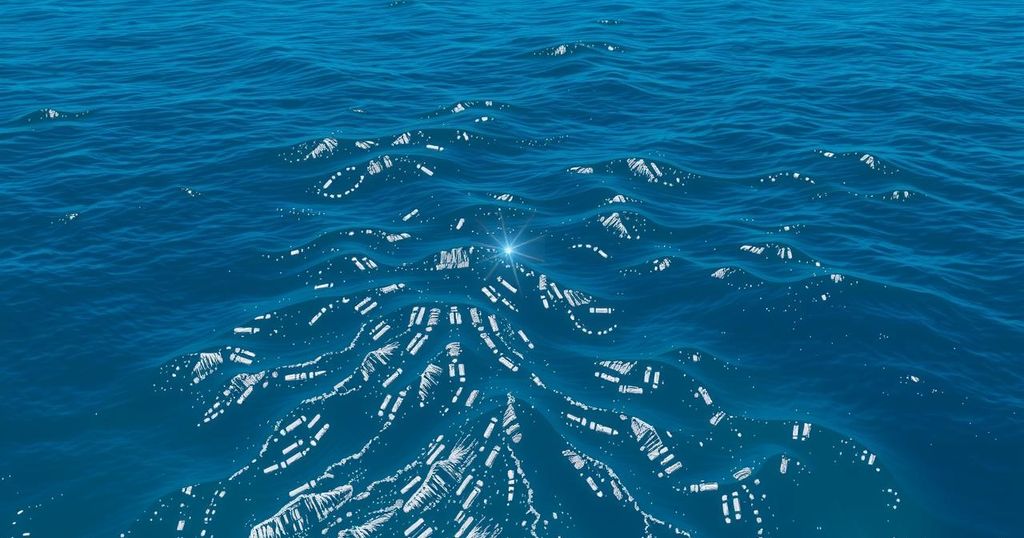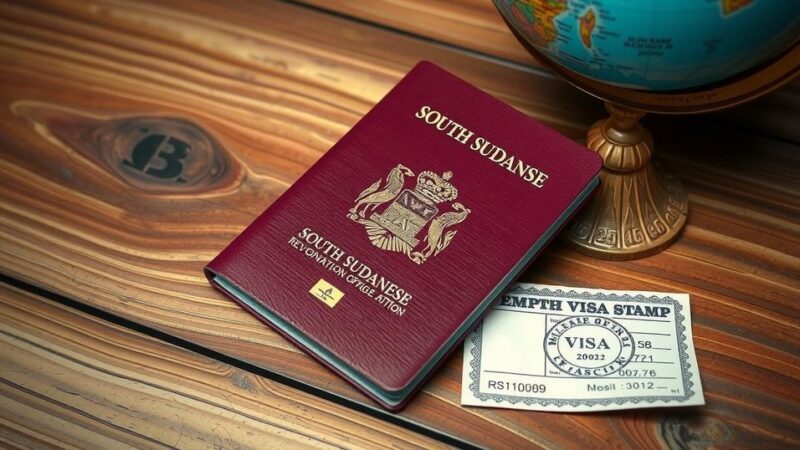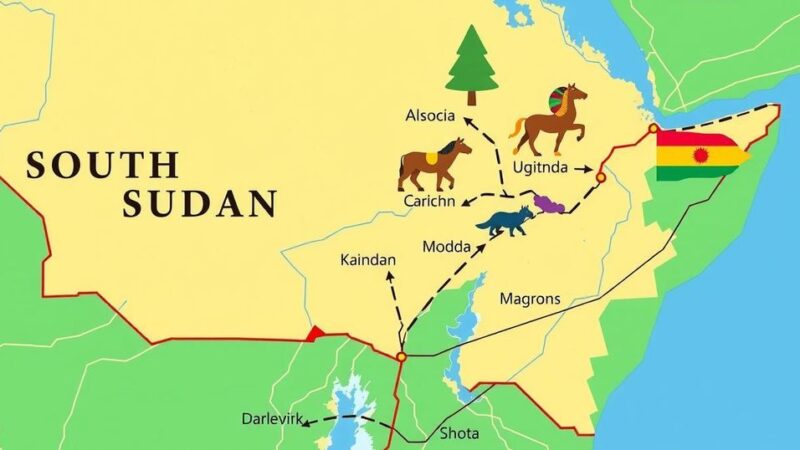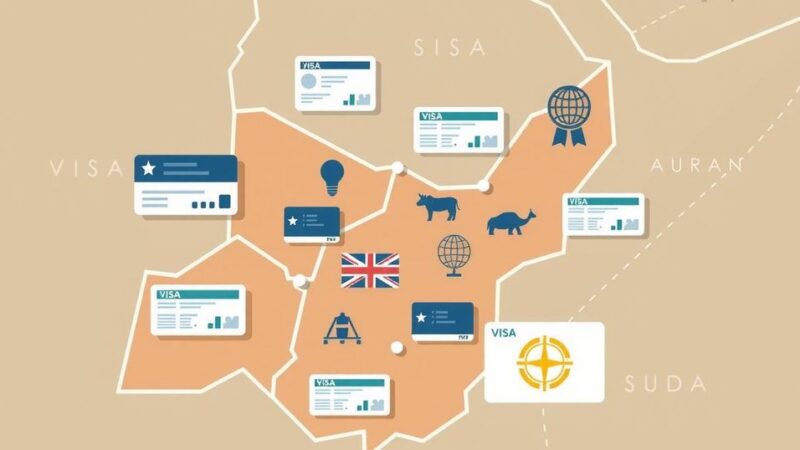Dr. Vincent Lyne has discovered a potential anomaly in the search for MH370, pinpointed as a bright pixel on a global ocean floor model. The Malaysian government has commenced a renewed search by Ocean Infinity, aiming to find the wreckage under a no-win, no-fee agreement. Previous searches have failed to locate the aircraft, leaving families still seeking answers and closure after many years.
Dr. Vincent Lyne has identified a potential lead in the search for the missing Malaysian Flight MH370, having discovered a single bright pixel in a global terrain model of the ocean floor. This anomaly, noted at Latitude 33.02°S and Longitude 100.27°E in a crater near Broken Ridge, may indicate the plane’s crash site. Utilizing GEBCO bathymetric data, Lyne described the finding as an extreme anomaly at a depth of 5,750 meters.
In his analysis, Dr. Lyne expressed, “Hidden deep in the vast ocean where Broken Ridge meets the Diamantina Fracture Zone, a single bright pixel has emerged—pinpointing the wreckage with unprecedented accuracy.” However, he acknowledged some uncertainty owing to inconsistencies in sonar and satellite data related to the location.
Dr. Lyne, a former University of Tasmania researcher, speculated about the intentional nature of the plane’s disappearance, positing that Captain Zaharie Ahmad Shah may have deliberately crashed the aircraft to enhance recovery difficulties. He contended that the characteristics of the crater where the pixel was located do not align with natural seafloor formations, further suggesting an intentional crash.
The Malaysian government has announced a renewed search for MH370, with Transport Minister Loke Siew Fook confirming that the US-based marine exploration firm Ocean Infinity will lead the effort under a “no find, no fee” contract. According to Loke, “The government is committed to continuing the search operation and providing closure for the families of the MH370 passengers.” Ocean Infinity will receive $70 million if they successfully locate the wreckage within a new search area of approximately 15,000 square kilometers in the southern Indian Ocean.
Historically, there have been multiple unsuccessful searches since the aircraft’s disappearance in March 2014. The initial joint effort by Malaysia, China, and Australia covered 120,000 square kilometers but was called off in 2017. A subsequent search by Ocean Infinity in 2018 also failed to find the wreckage, and debris confirmed to be from MH370 has surfaced on shores in the Indian Ocean.
The search for Flight MH370 remains one of the most expensive and prolonged in aviation history, costing hundreds of millions of pounds. The tragedy continues to burden the families of the 239 passengers, especially among the Chinese relatives who have expressed deep frustration over the pursuit of answers. With the new search expected to last six weeks, it may represent the final substantial effort to resolve the longstanding mystery surrounding Flight MH370.
The recent identification of a bright pixel by Dr. Vincent Lyne may shed new light on the enigmatic disappearance of Flight MH370. As search operations are set to resume with financial backing from Ocean Infinity, the families of the victims cling to hope for resolution. Despite previous unsuccessful searches, this renewed effort represents a critical juncture in an ongoing quest for truth and closure.
Original Source: m.economictimes.com






